|
|
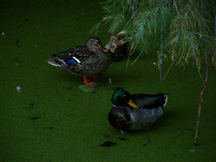
|
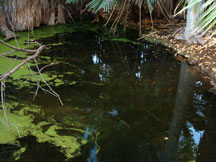
|
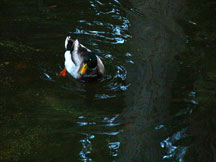
|
|
||
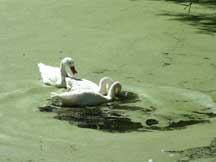
|
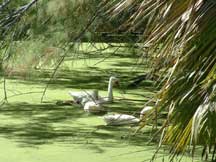
|
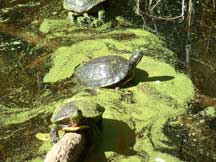
|
|
|
||
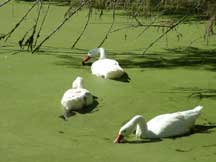
|
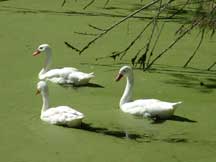
|
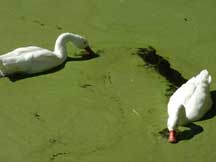
|
|
|
||
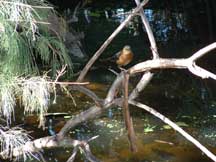
|

|
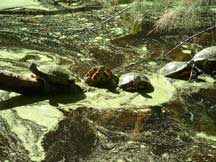
|
|
|
||

|
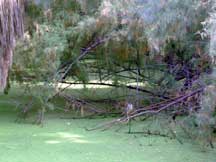
|
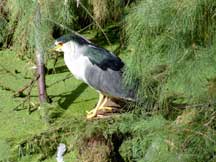
|
|
|
||
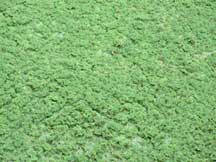
|
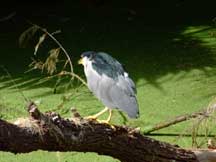
|
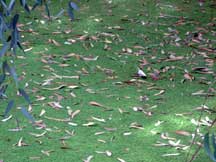
|
|
|
||
|
The contents of this web page are © Copyright Gayla Chandler. Permission must be sought for all but personal use for study or enjoyment. |
|
|

|

|

|
|
||

|

|

|
|
|
||

|

|

|
|
|
||

|

|

|
|
|
||

|

|

|
|
|
||

|

|

|
|
|
||
|
The contents of this web page are © Copyright Gayla Chandler. Permission must be sought for all but personal use for study or enjoyment. |